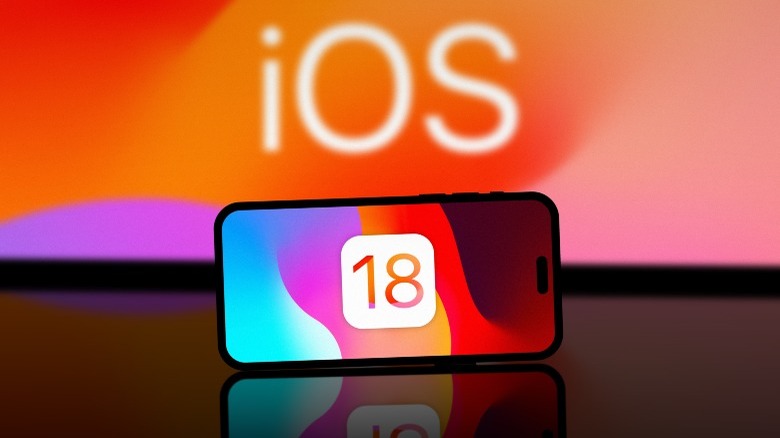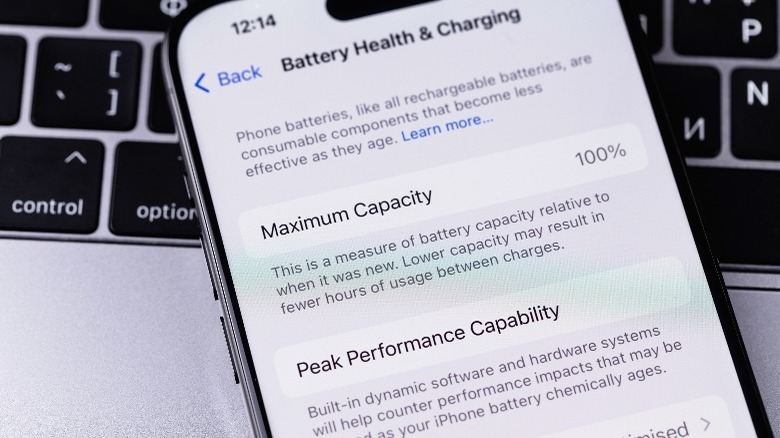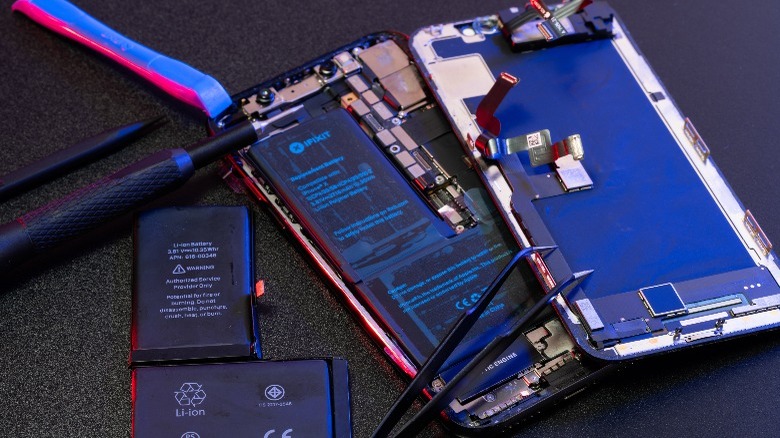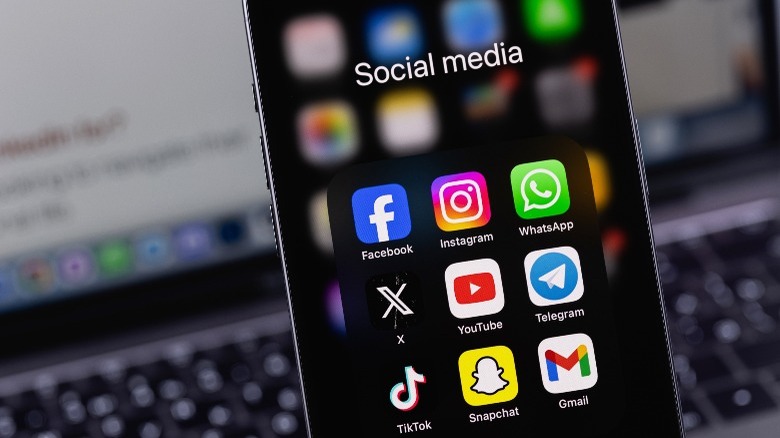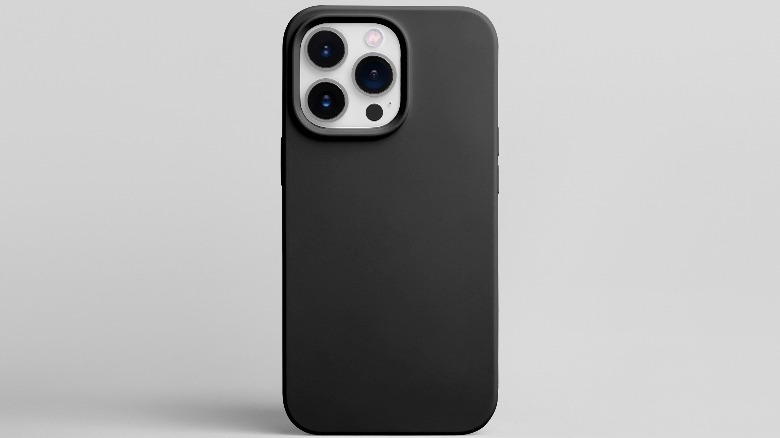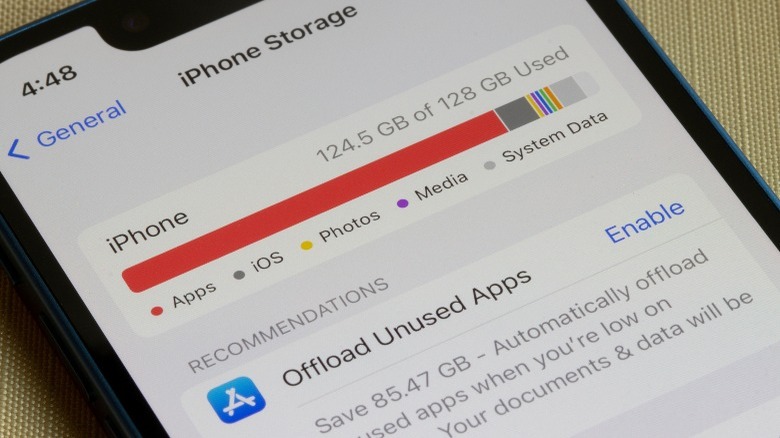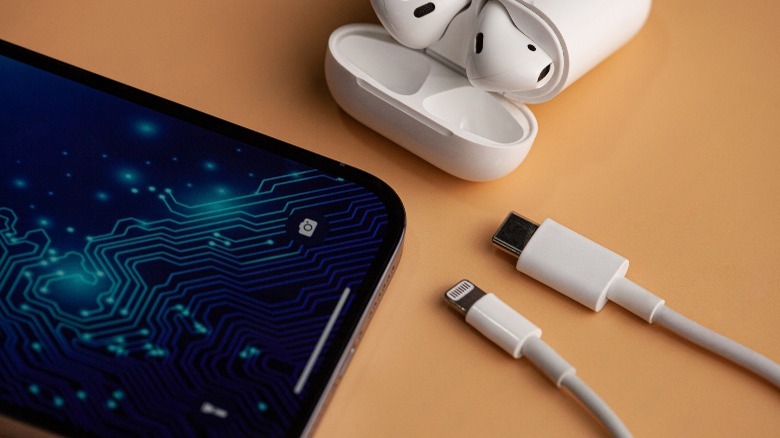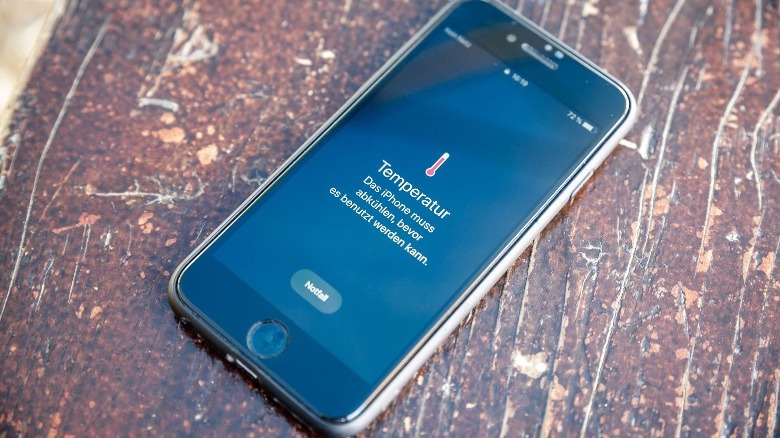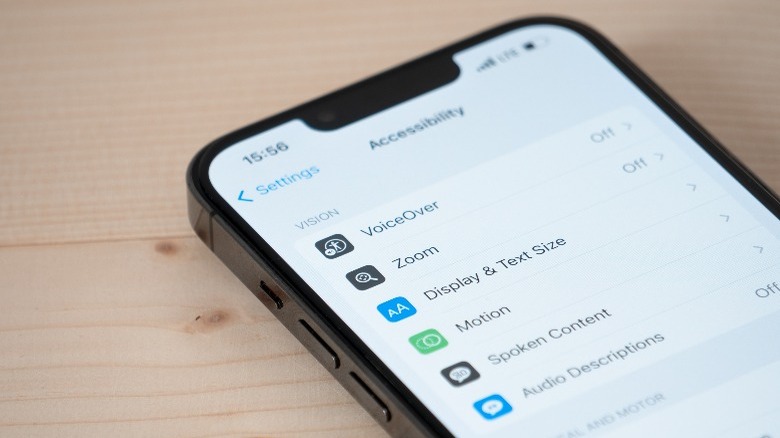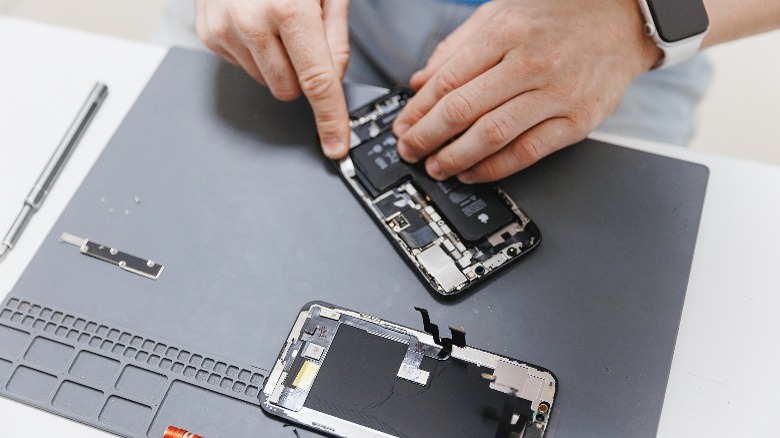How To Make Your Phone Last Longer: 10 Tips To Keep It Running Like New
Generally, smartphones can last two to three years before running into some kind of fault. With what many people put their devices through, this shouldn't come as much of a surprise. Smartphones suffer wear and tear, eventually slowing the processing speed and weakening the battery.
If you're locked into a carrier contract, upgrading your phone for a fraction of the price can become a no-brainer in this situation. But for the people who aren't, changing your phone each time a new model is released can quickly get expensive.
The good news is there's a lot you can do to keep your phone running for longer. It's easy to fall for the promises of manufacturers telling you that their latest model will change the way you use your phone, but chances are you still have a pretty good phone sitting in your pocket. You just need to make the most of what you've got. I've been writing about and using various smartphones for years, and these are the tips I've found to make yours last longer.
Keep up with software updates
It's easy to ignore that pop-up letting you know that a software update is available on your device, but we tend to forget just how important updating your phone is. Software updates aren't just about getting the latest features; they're crucial for your phone's functionality and security.
By keeping your phone's software up-to-date, you'll get the best possible performance — even if your device is a couple of years old. Other than performance enhancements, software updates are often packed with bug fixes to straighten out any glitches that may be causing a less-than-ideal experience.
We get it, you might not regularly update your phone because the updates seem pretty minor each time, or maybe you just tend to forget — don't worry, it happens. But it's still important to stay on top of software updates. To make it easier, you can enable automatic updates in your device settings so you're always on the latest operating system. If you're worried about losing your data, take a moment to back up your phone before updating.
Nurture your phone's battery health
Many people have rather unhealthy habits when it comes to charging and battery care, and most aren't even aware of how much these habits negatively impact the lifespan of their phones. For example, if you plug in your phone right as you're going to bed at night and leave it to charge up until the morning, it means that your phone will often stay plugged in at 100% for hours. While this sounds pretty normal, you're actually harming your device's battery in the long run.
Most devices are powered by lithium-ion batteries, which age over time and tend to wear out when constantly charged to full capacity or allowed to drain to zero. Over time, this habit reduces your battery's maximum capacity, meaning it won't hold a charge as long as it should.
If you use an iPhone, to make sure your battery lasts as long as possible, you can turn on "Optimized Battery Charging." This setting essentially learns your charging patterns and then holds off on charging past 80% until shortly before you usually wake up. Android phones have a similar functionality with their "Adaptive Charging" feature, and with Android 15, you can now limit your phone to only charge to 80%. If you don't use a phone with a similar feature, you can try charging your phone until right before you go to bed and then topping it off before you head out the next morning.
Replace your battery to make it good as new
Even with taking the proper precautions, due to the nature of lithium-ion batteries, your phone's battery will inevitably degrade over time. When your battery is so far gone, you may start experiencing shutdowns and overheating. Still, rather than giving up on an otherwise perfectly good device, you can consider replacing the battery.
Ever since the "Batterygate" scandal in 2017, Apple has been more transparent about the functionality of its batteries, and a lot of other manufacturers have followed suit. It's now easier than ever to find out the battery health of most devices. If the capacity is significantly degraded, usually below 80%, it's probably a good idea to go in for a battery replacement.
Unlike upgrading to a new phone, replacing the battery is a relatively affordable fix that spares you the cost of a whole new device. With a fresh battery, your phone can regain much of its original performance, most importantly a longer battery life.
Watch out for background activity
Most of us don't realize how many apps we leave running in the background, constantly refreshing and consuming power even when not in use. While it may seem pretty harmless, these invisible processes can be one of the sneaky culprits behind some of the problems you're facing with your phone.
Apps running in the background, even when you're not actively using them, consume resources, albeit minimal, when they're syncing data, fetching updates, or tracking location. Over time, this constant background work can put a noticeable strain on your battery life and even slow down your phone.
Try taking some time to go into your settings, look over the apps that consume the most battery, and decide if you really need them. If you're using an Android phone, you can easily identify and close any intensive apps running in the background. Also, most phones offer a "battery saver" or "low-power" mode, which automatically reduces background activity to conserve power. Another useful feature is disabling background app refresh, which will make sure that apps aren't updating and retrieving information in the background.
Invest in physical protection
Sometimes, a single drop or a cracked screen is all it takes to push your phone over the edge. We know that falls, bumps, and scratches are inevitable with daily use, but it's always a good idea to make sure that your phone is well-protected to minimize any potential damage.
Phone cases and screen protectors usually do a good job of absorbing shocks from accidental falls and drops to prevent your screen or back glass from scratching or cracking. They also make it look newer for longer. And if you decide to eventually put your phone up for sale on a site like eBay, you'll get a much better price for a phone in pristine condition.
When shopping for a phone case, the thicker it is, the better, because thicker cases can more thoroughly withstand impact from drops. Bonus points if the case is made from shock-absorbent materials like silicon, rubber, or neoprene. And if you don't like bulky cases, there are other ways to keep your phone safe. For your screen protector, you're better off opting for one made from tempered glass, as these are usually much stronger than plastic ones. However, remember to replace it once it's cracked because it'll no longer be as strong, and you also don't want to get pricked by tiny pieces of glass.
Declutter your storage
Your phone is often like your suitcases when you go on vacation — full of things you probably don't need. And the truth is, just like an overstuffed suitcase, a cluttered phone isn't as fast as it ordinarily should be. Keeping your phone's storage organized isn't just about having space for new photos or apps; it's essential for maintaining peak performance.
When your phone's storage space is nearing capacity, it limits the system's ability to handle background tasks and temporary files. It also forces the processor to work harder, which can slow down performance. Having enough free storage for your phone to do its thing is what keeps it feeling just as new as when you got it.
It's completely normal for files to accumulate on your phone over time. That's a big part of everyday use. However, we often don't pay attention to the unnecessary files that pile up, like app caches, duplicate photos, large videos, unused downloads, and outdated apps. Regularly deleting these can make a huge difference, and the truth is, you probably won't go back to watch that video of the fireworks from New Year's.
Use good-quality accessories
The cables, chargers, and accessories you use can have a significant impact on your phone's health. While it might be tempting to pick up cheaper, off-brand options, high-quality, certified accessories will always be better for your device in the long run. To ensure what you buy is certified, do your shopping at an official retailer or website.
Off-brand chargers and cables, for example, often lack proper voltage regulation, which can cause overheating or inconsistent charging speeds. Over time, these fluctuations can damage your phone's battery, significantly shorten its lifespan, and also cause damage to the charging port.
These accessories can also pose serious safety risks, with the potential for overheating, sparking, or even causing fires. You should always opt for original or certified third-party accessories to keep your device safe and running smoothly. To help you out, here's our guide on how to spot whether your charger is the real deal.
Keep your phone away from extreme temperatures
Just like most human beings, phones have a sweet spot when it comes to the right internal temperature for optimal performance, which for most devices is between 32°F to 95°F (0°C to 35°C). Pushing your phone significantly above or below this can harm its battery and internal components.
For instance, if your phone gets too hot, it can cause the battery to warp and degrade quickly, leading to shorter battery life and even permanent damage. Likewise, extreme cold can cause your phone to lose power faster, affect its touchscreen, and may lead to sudden shutdowns until it warms back up.
Try to keep your phone out of direct sunlight, especially on days when it's hot out. That means not placing your phone on your dashboard when driving or anywhere that the temperature could skyrocket. Many experts also recommend taking your phone case off while charging, especially if it's made from thick or heat-conducting materials like metal or silicon.
Optimize your device settings
There are a couple of settings that you can tweak on your device to not only conserve your battery life but also help it run a little more efficiently, especially if you're using an older model that could be on its last leg.
It's a good idea to start with your screen brightness — one of the biggest battery drains. Most phones come with some version of an "Auto-Brightness" setting that adjusts your screen based on lighting conditions, so you're only using as much brightness as you actually need. To save more power, you can enable "Dark Mode." This is particularly useful if you're using a phone with an OLED display, which allows individual pixels to turn off when displaying black.
Also, don't be afraid to turn on your phone's battery-saver mode. It's an incredibly handy tool that limits certain app processes like location services and other background activities, helping you get the most out of each charge. Another useful tip is turning off haptics and motion effects on your phone. You probably don't notice them often anyway, and your battery will thank you down the line.
Don't be afraid to get help when you need it
Even with all the right habits, phones sometimes need some professional TLC. If your phone is slowing down or showing signs of wear, you shouldn't hesitate to consult a professional. A certified repair technician can let you know exactly what the issue with your phone is and if all it needs is a simple restart, part replacement, or a whole new device.
For example, if you notice the battery draining unusually fast, you should just take it to get replaced rather than risking it swelling or malfunctioning over time. Or, if your phone is running hot, there could be an issue with the internal components that only a professional can diagnose and address. Also, issues like a cracked screen or a worn-out charging port are relatively easy to repair and will cost you a lot less than replacing the whole device. Some problems can be fixed by cleaning out accumulated dust or recalibrating the device, which a technician can easily manage.
Another great thing about speaking to a professional is that you can get proper maintenance tips tailored to your device. Finally, make sure you're going to a repair center that's actually certified by your phone manufacturer–you don't want just anyone handling your device.

